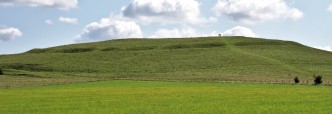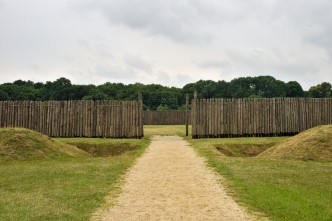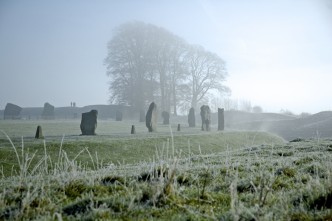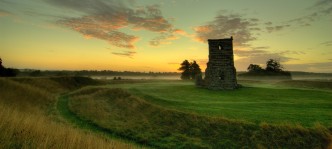Ditches
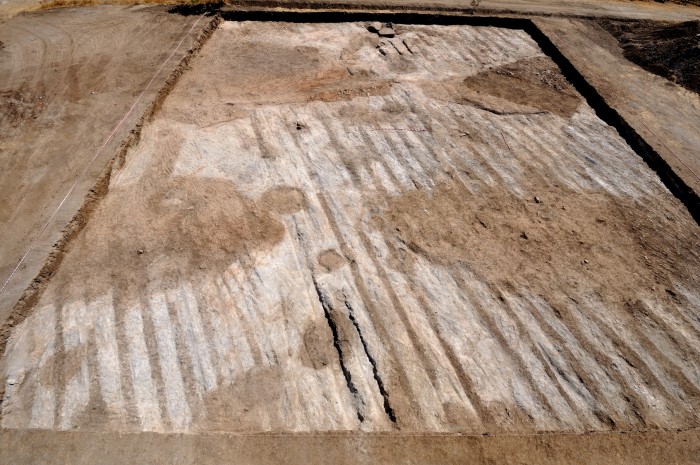
The Perdigões archaeological complex (Reguengos de Monsaraz, Portugal) is a prehistoric site near the Guadiana River, comprising at least 12 ditched enclosures, several hundred pits, an area with megalithic tombs and a set of standing stones (cromeleque). It is located in one of the richest archaeological landscapes of Iberia, with notable examples of Prehistoric monumental architecture such as menhirs and portal tombs (antas). A team from the University of Málaga (Spain) has been carrying out fieldwork in collaboration with the Portuguese entity ERA Arqueologia at the site since 2008. This includes geophysical (2008-2009) and micro-topographical (2011) surveys of the whole site, as well as both open-area excavations (2012-2013) and trenches (2009-2010, 20132015) in the area surrounding Entrance 1.
